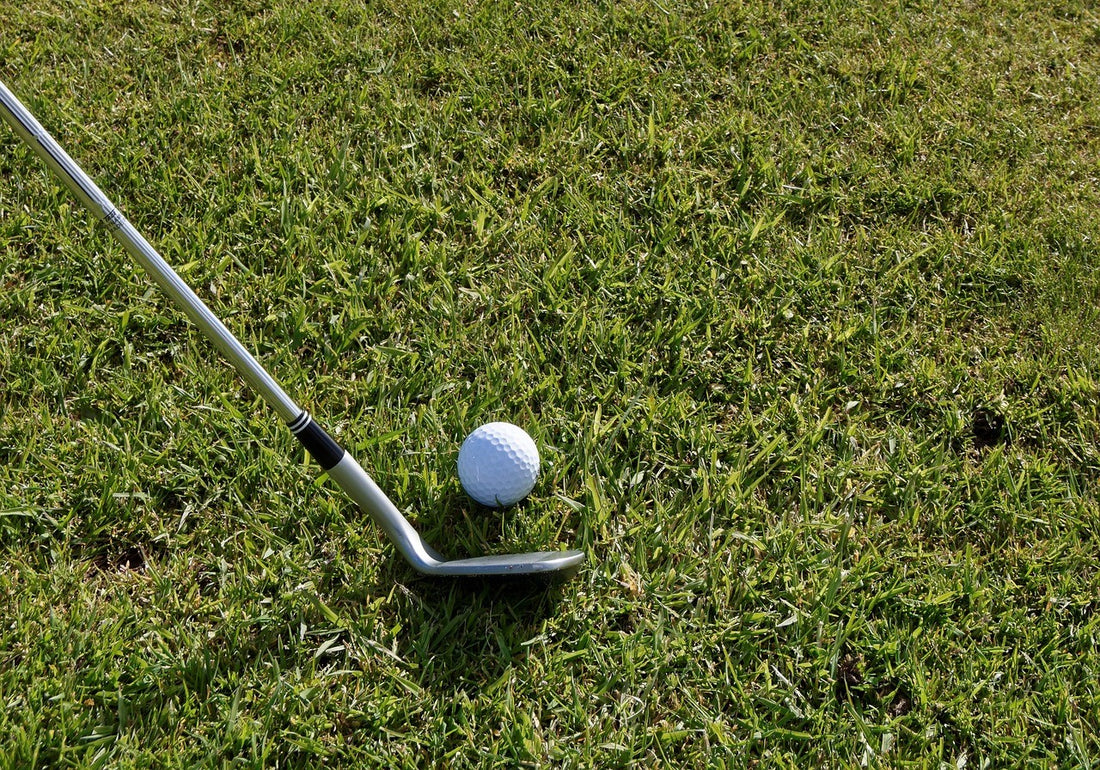A Closer Look at Trajectory and Distances
By Russ Brown
Golf is a sport known for its precision and finesse, requiring players to master various aspects of their swing, stance, and equipment to excel on the course. One crucial element that significantly affects the outcome of a shot is the loft of the golf irons. Loft, the angle of the clubface in relation to the vertical axis, plays a pivotal role in determining the trajectory and distances achieved with different types of golf irons.
Understanding Loft and Its Role
Loft is a key factor that influences the launch angle of the golf ball and subsequently affects its flight path and distance. Golf irons, typically ranging from 1-iron to 9-iron, have varying degrees of loft. A lower numbered iron has less loft, leading to a flatter trajectory, while a higher numbered iron has more loft, resulting in a higher, more arcing shot.
When the clubface is square (perpendicular to the target line), the loft is the primary contributor to the initial launch angle. The ball's upward trajectory is directly proportional to the loft angle. However, loft doesn't just impact launch; it also affects other critical aspects of a golf shot.
Trajectory and Loft
Different irons are designed for specific shot types, and loft plays a significant role in achieving the desired trajectory. For instance:
- Low Irons (1-3 irons): These irons have lower degrees of loft, typically ranging from 14 to 21 degrees. They produce a lower, piercing trajectory suitable for shots that need to roll out upon landing. These irons are less forgiving, but offer great distance for skilled players who can control their ball flight.
- Mid-Irons (4-6 irons): With slightly more loft, ranging from 22 to 28 degrees, mid-irons offer a balance between distance and control. They provide a moderate trajectory that helps shots land more softly on the greens.
- High Irons (7-9 irons): These irons have the most loft, usually ranging from 29 to 45 degrees. The higher loft creates a steeper trajectory that results in shots that stop quickly upon landing. These irons are used for approaches to the green where accuracy and control are essential.
Distance and Loft
The loft of a golf iron has a direct impact on the distance a shot can travel. While it might seem counterintuitive, lower lofted irons don't always yield the longest distances. The trade-off between loft and distance lies in the angle of descent and rollout upon landing.
- Low Irons: Due to their flatter trajectory, shots hit with low irons have a shallower angle of descent. While they may achieve more initial distance, they might not hold the green as effectively and can result in longer rollouts.
- High Irons: The steeper trajectory of high irons leads to a steeper angle of descent. This causes shots to stop more quickly upon landing, which can be advantageous for approaches to the green. However, shots hit with high irons might not achieve the same initial distance as shots hit with lower lofted clubs.
Player Skill and Loft Selection
Selecting the right iron with the appropriate loft depends on a player's skill level, swing mechanics, and the desired shot outcome. Highly skilled players may prefer the control and versatility offered by low irons, while less experienced players might benefit from the forgiveness and ease of use provided by high irons.
In the intricate world of golf, loft is a critical factor that significantly influences the trajectory and distances achieved with different types of irons. Finding the right balance between loft, trajectory, and distance is a task that requires understanding one's game, swing mechanics, and the unique characteristics of each iron. Whether you're a seasoned golfer or a beginner, comprehending the relationship between loft and performance can greatly enhance your ability to make informed decisions on the course and improve your overall game.
About Russ Brown
Russ “Buss” Brown is the founder of Birdie Bus Golf, an online store for pre-owned golf clubs that also offers mobile regripping services to the New York Metro area. Russ is a 7-handicap golfer, who played golf in high school and college, and collects golf clubs like kids collect baseball cards. A golf fanatic, obsessed with all the different golf clubs and equipment that come out each year, Russ finds it really cool watching the sport rise in popularity. His only major issue lies in the exorbitant prices of both new and used golf clubs, which pose a significant obstacle for individuals eager to begin their golfing journey. That's where Birdie Bus Golf steps in! Learn more at www.birdiebusgolf.com

